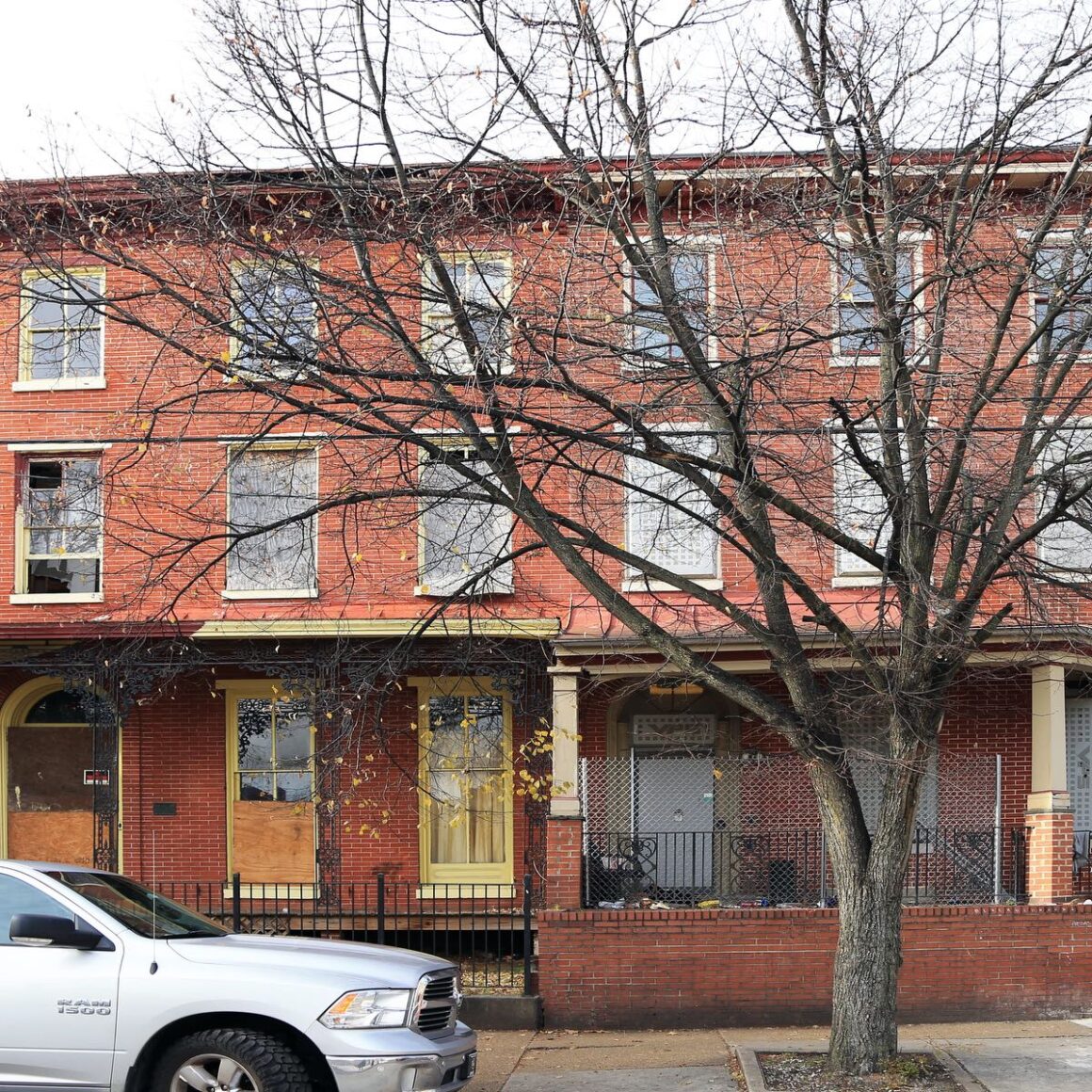The Wilmington Underground Railroad network included residents with vastly different backgrounds, living in all neighborhoods of the city. The Black agents clustered between the city core and west to Quaker Hill, as well as the East Side of the city.
George Wilmer was enslaved by Eben Welch, a farmer living near Georgetown Crossroads, near the Sassafras River in Kent County, Maryland. With the extraordinary liberties granted to him by his enslaver, Wilmer ferried freedom seekers from Maryland to Thomas Garrett in Wilmington from at least 1855. In one period of four months that year, he forwarded 25 people even as he was seeking information on two of his enslaved relatives who had been forwarded through Wilmington and Philadelphia shortly before. Garrett referred to him in a letter to William Still as “a true man,” his customary way to convey trustworthiness. After Wilmer was freed in 1858 through a provision in his enslaver’s will, he moved to Wilmington with his wife, Margaret and set up residence at 832 Church Street on the East Side, where he likely continued his Underground Railroad activities. Fellow agent, Severn Johnson, lived close by.
Wilmer’s home is no longer standing.
References
- Kate Clifford Larson, The Underground Railroad in Delaware, A Research Context (City of Wilmington and the Underground Railroad Coalition of Delaware, 2009).
- James A. McGowan, Stationmaster of the Underground Railroad, The Life and Letters of Thomas Garrett (Moylan, PA: Whimsie Press, 1977).
- William Still, The Underground Rail Road (Philadelphia: Porter and Coates, 1872).


